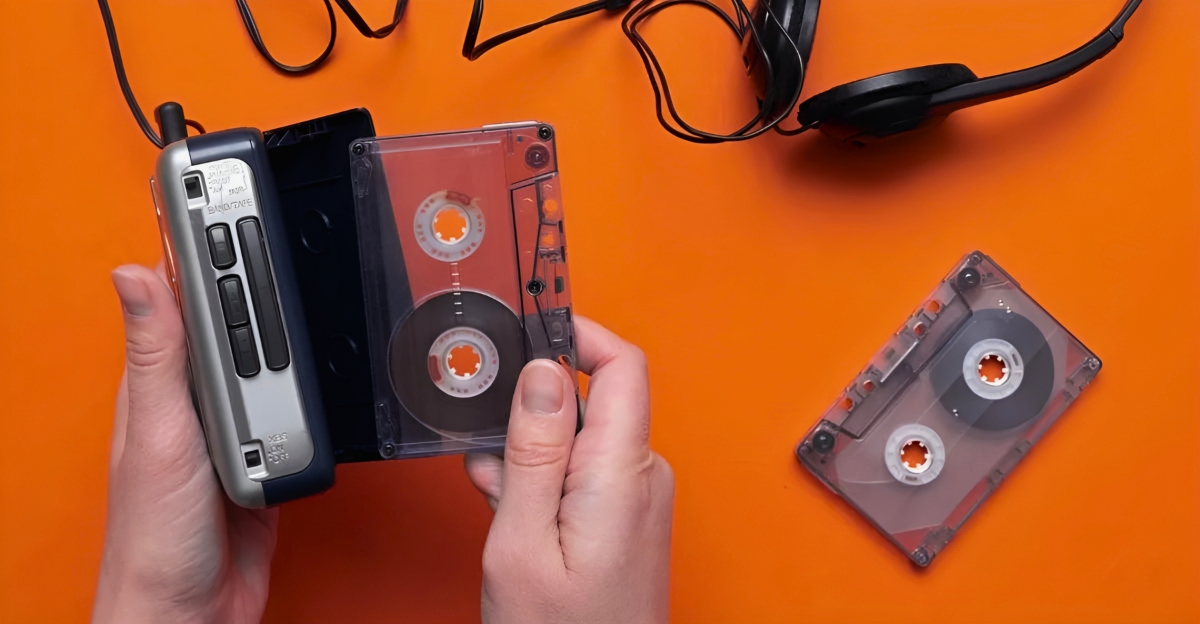
Technological advancements, rapid economic change and distinct cultural self-awareness is what we saw in the 1980s. This made the 1980s both fleeting and iconic. This era gave rise to a handful of trends and items that I’ve since disappeared. We can say that they have disappeared because they reflect particular cultural moments connected to the decades, materialism, exuberance, and identity crisis. Others might just have gone out of style.
Gaining knowledge about the extinct phenomena of those times can help us better understand how economic, technological, and cultural factors, both create as well as destroy our collective memory. The following list of items reveals the decades, complicated relationship with identity, media and technology by examining 9 unexpected and distinct 1980s objects or trends that have just vanished.
1. The Boombox

This was an item that combined portability and strong stereo sound to facilitate public music sharing and impromptu street performances. It stands as a representation of the urban culture of the 1980s. It was a social tool that categorized public areas such as city parks and subway stations. But it was so much more than just a music player because of its outdoor sound-amplifying capabilities.
The boombox became a tool for cultural expression, particularly in hip-hop communities where it became associated with street art and break-dancing, the Sony Walkman, and later digital music players, which put an emphasis on private listening over public broadcasting quickly put into it, though. The boombox loudness was frequently a source of controversy, which probably prompted a social backlash.
2. VHS Rental Stores

In the 1980s, these stores served as significant social hubs where people found films through curated selections and human interaction. In addition to being a place to borrow movies, it also created this opportunity for socialization. These stores prompted a sense of community and shared cultural experience by providing tailored recommendations from informed helpers.
The demise of VHS rental shops were due to the popularity of DVDs and later, as we know, now we also have streaming platforms, social media and local social networks to entertain us. The store serves an example of how technology is upending not just industries, but also social customs and communal unity for sociologists and media scholars. We should think about how to strike a balance between ease of use and chances for deep cultural interactions in the modern day.
3. Shoulder Pads
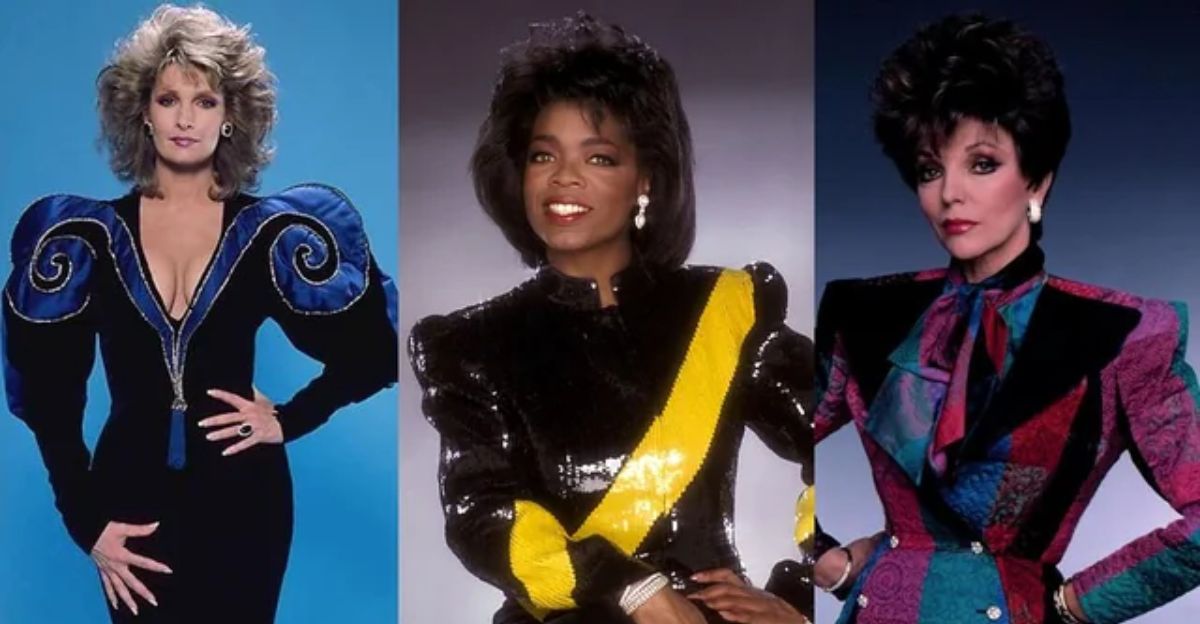
This item represented strength and assertiveness, particularly for women entering the workplace in the 1980s fashion industry. In a decade when gender roles were changing quickly, they were oversized, and silhouettes exuded confidence and authority. It initially became obsolete by the early 1990s as fashion moved toward authenticity and minimalism. This reflected a societal rejection of the excess and artifice of the 1980s.
The rise and fall of shoulder pad is a perfect example of how fashion trans function as cultural, critiques and social signals. It faded away as underlining social attitude changed. There is still an occasional interest in shoulder pads in the fashion industry.Occasionally returns in a humorous or sentimental way, demonstrating its endearing symbolic significance.
4. The Rubik’s Cube Craze

The little cube that combined intellectual challenge with mass market appeal. It became a global symbol of pop culture in the 1980s. Millions of people around the world were captivated by its vibrant colors, complexity, and tactile engagement. Yes, I might see this as just being a toy, but it also was assembled of mental acuity and problem-solving during a decade that was dominated by innovation and technology. Lift time as new entertainment mediums such as video games and digital puzzles came to be and provided more instant satisfaction, the interaction with toys such as these decreased.
The life cycle of the Rubik’s cube serves as an example of how cultural products can alternate between sub-cultural endurance and widespread popularity. Today, we might know this as what is trending at the moment. Although specific 1980s trends fade from popular culture, their fundamental significance may endure in niche markets and educational settings.
5. The Walkman

Everybody remembers the Walkman as being a portable, private, and individualized item of the 1980s. Sony Walkman completely changed how people listen to music. This showed a cultural turn away from shared to individualized media experiences, which in turn influenced how people listen to music today; this portable listening device radically altered the connection between music, location, and identity by enabling people to create their own soundtracks for everyday life.
It’s life cycle shows us how quickly technology is developing and how quickly customers can be adaptive to it. The workman story emphasizes how important it is for marketers and product designers to predict changes in customer behavior. The main Takeaway of this is that all our groundbreaking products can quickly become outdated, they can also leave a long lost in cultural and technological legacy.
6. Arcade Video Games
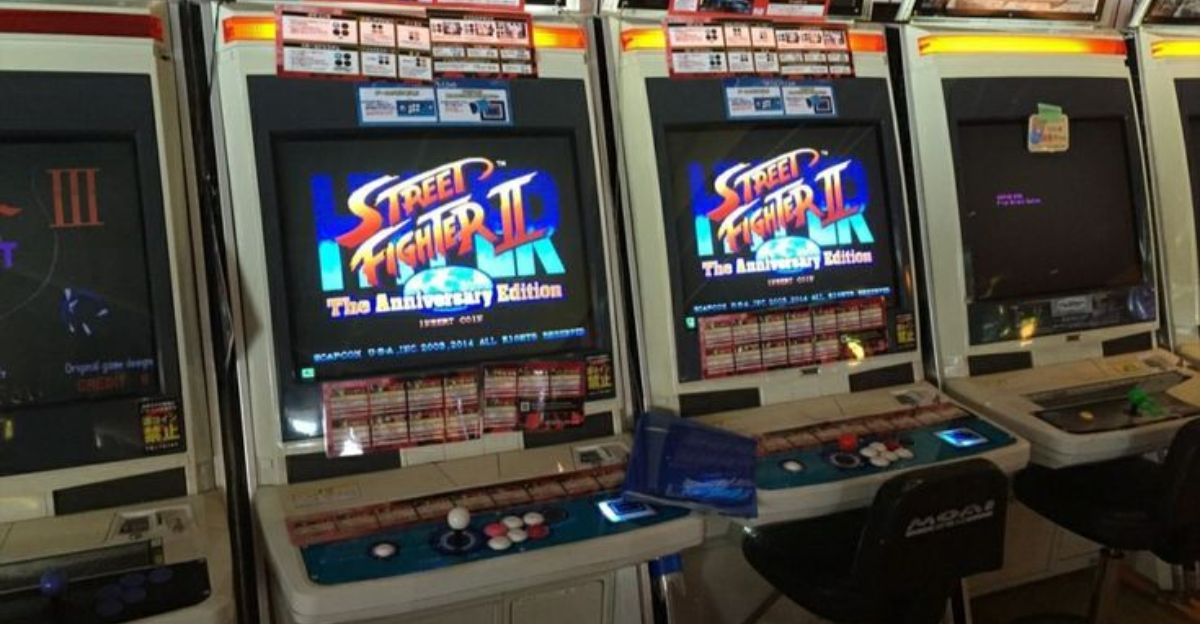
One of the biggest components of youth culture in the 1980s was the arcade video games that allowed for competitive play and social interactions in public areas. Players came together in the lively community hubs called arcades to compete, mingle, and test out the newest games. A distinct social dynamic that does not present in later home gaming was produced by the physicality of an arcade.
The emergence of home gaming consults, such as the Nintendo entertainment system, provided affordability and convenience, and this marked the beginning of the decline of video arcade games in arcades. Today, gaming looks very different as there are multiple ways you can engage with video games, whether online or on a console at home. Despite all of these technological advancements, people need foreplay as it is a means of social interaction and provides chances for creativity and developing fresh new group activities.
7. Mix Tapes on Cassettes
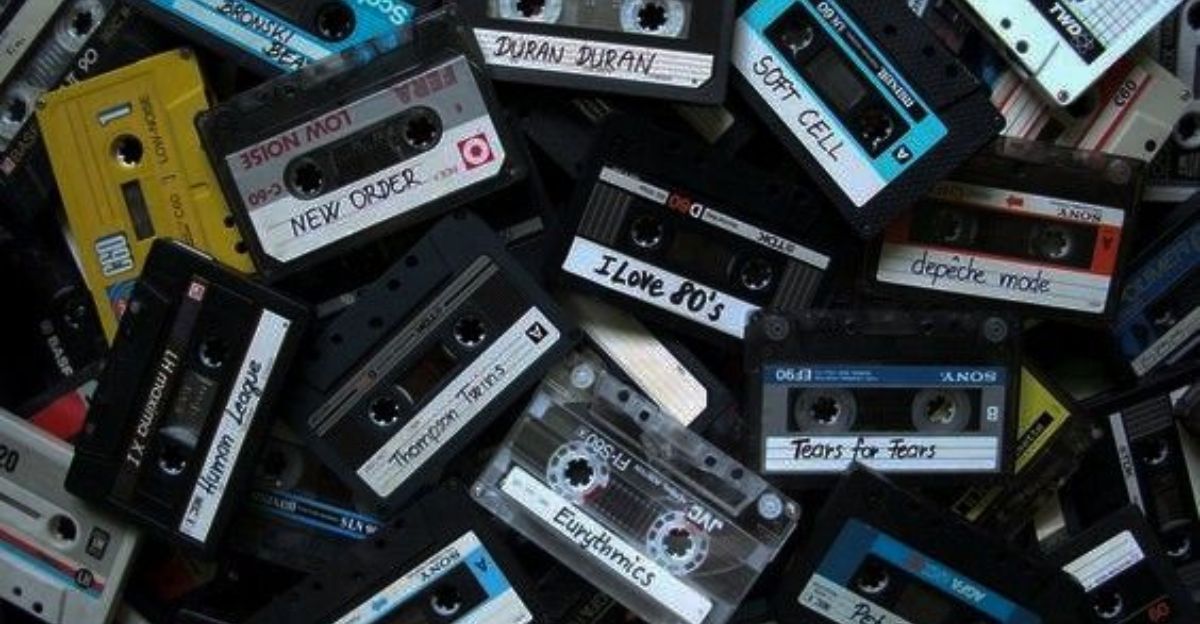
This was one of the intimate cultural practices of the 1980s as it included making and sharing mix tapes and cassettes with family and friends. This required careful sound selection, sequencing and interpersonal communication. It took time and effort to create and was frequently a platform of identity expression, and creativity.
Then came the rise of CDs, digital downloads, and streaming playlists, which are more practical, but lack the tactile and individualized characteristics of cassette mix tapes. Ultimately at the end of the day, it was the mix tape’s demise. It is important for us to see here that while technology can improve accessibility. It must also protect the human aspects that give cultural practices their significance.
8. The Nuclear Family Ideal

The conventional nuclear family model is a social ideal that dominated Western culture and was dismantled in the 1980s: the models, culture, prominence, and social policy. Focus declined as a result of challenges from economic changes, shifting gender roles, and other artistic movements of the time. Alternative family structures gained more traction as divorce rates increased, so single-parent households became more common.
The idea that the nuclear family is a timeless and universal family structure is called into question when there was a decline of the nuclear family ideal. The 1980s are seen by sociologists as a watershed in family dynamics, impacting discussions of gender, equality, social welfare and child development.
9. The Memphis Group Design
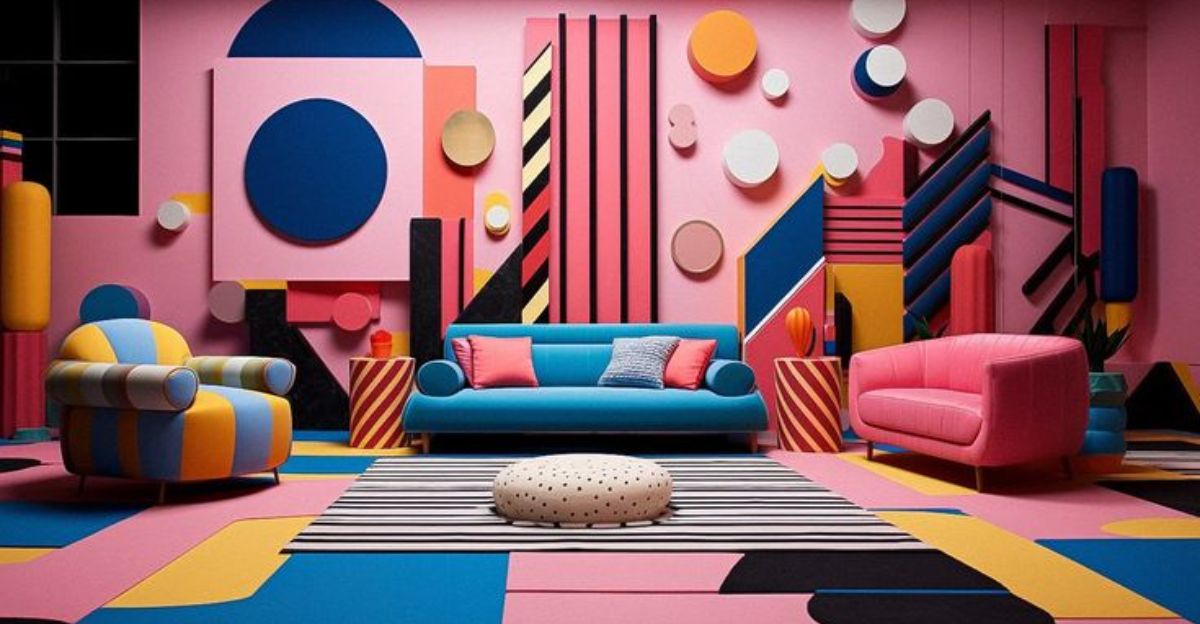
The striking and vibrant design aesthetic embodied postmodernism in the 1980s and had an impact on graphic design, decor, and furniture. Memphis, which was established in Milan in 1981, posed a challenge to modernist minimalism with whimsical and electric designs that captured the euphoria of the time.
By the early 1990s, this was its downfall because of the shifting of customer preferences that prioritize functionality and minimalism over flamboyant. Memphis design’s demise serves as an example of how artistic movements can be closely tied to cultural context. It came back in style in modern design, despite its short existence, impacting interior, fashion, and autistic trends with a spirit of innovation and nostalgia.
